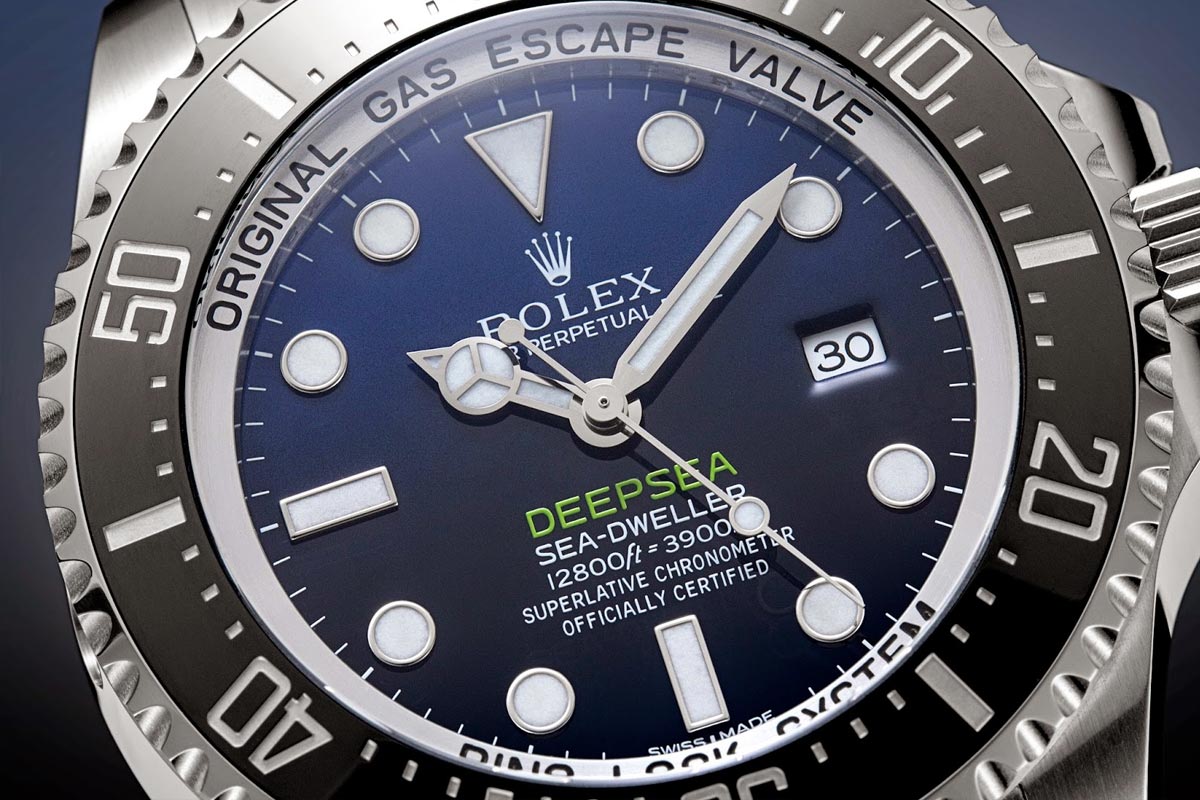ATM or atmosphere is a unit that indicates a watch’s water-resistance, or specifically its capacity to resist pressure, where 1 ATM equals 1 bar equals 10 metres of water.
An indication of the test pressure in terms of water depth does not mean a water resistant watch was designed for repeated long-term use in such water depths. For example, a watch marked 30 metres water resistant cannot be expected to withstand activity for longer time periods in a swimming pool.
ATM and water resistance classification
| Water resistance rating | Suitability | Remarks |
|---|---|---|
| Water Resistant 3 atm or 30 m | Suitable for everyday use. Splash/rain resistant. Not suitable for showering, bathing, swimming, snorkelling, water related work and fishing. | Not suitable for diving. |
| Water Resistant 5 atm or 50 m | Suitable for swimming, white water rafting, non-snorkeling water related work, and fishing. | Not suitable for diving. |
| Water Resistant 10 atm or 100 m | Suitable for recreational surfing, swimming, snorkeling, sailing and water sports. | Not suitable for diving. |
| Water Resistant 20 atm or 200 m | Suitable for professional marine activity, serious surface water sports and skin diving. | Suitable for skin diving. |
| Diver’s 100 m | Minimum ISO standard (ISO 6425) for scuba diving at depths not suitable for saturation diving. | Diver’s 100 m and 150 m watches are generally old(er) watches. |
| Diver’s 200 m or 300 m | Suitable for scuba diving at depths not suitable for saturation diving. | Typical ratings for contemporary diver’s watches. |
| Diver’s 300+ m for mixed-gas diving | Suitable for saturation diving (helium enriched environment). | Watches designed for mixed-gas diving will have the DIVER’S WATCH xxx M FOR MIXED-GAS DIVING additional marking to point this out. |
(1 metre ≈ 3.29 feet)





